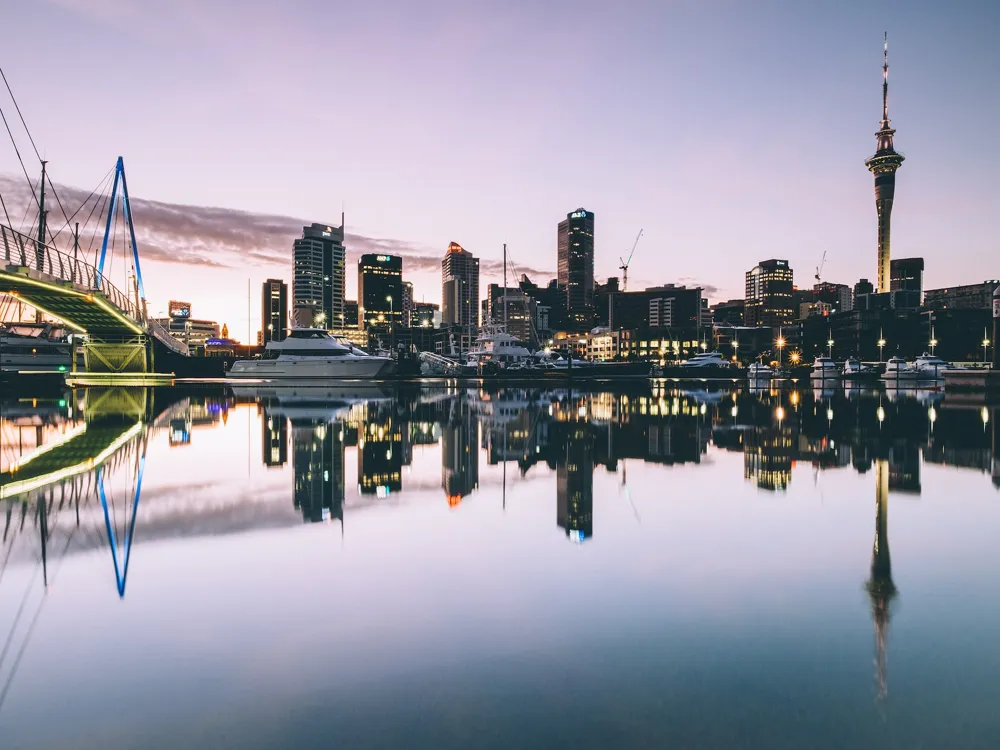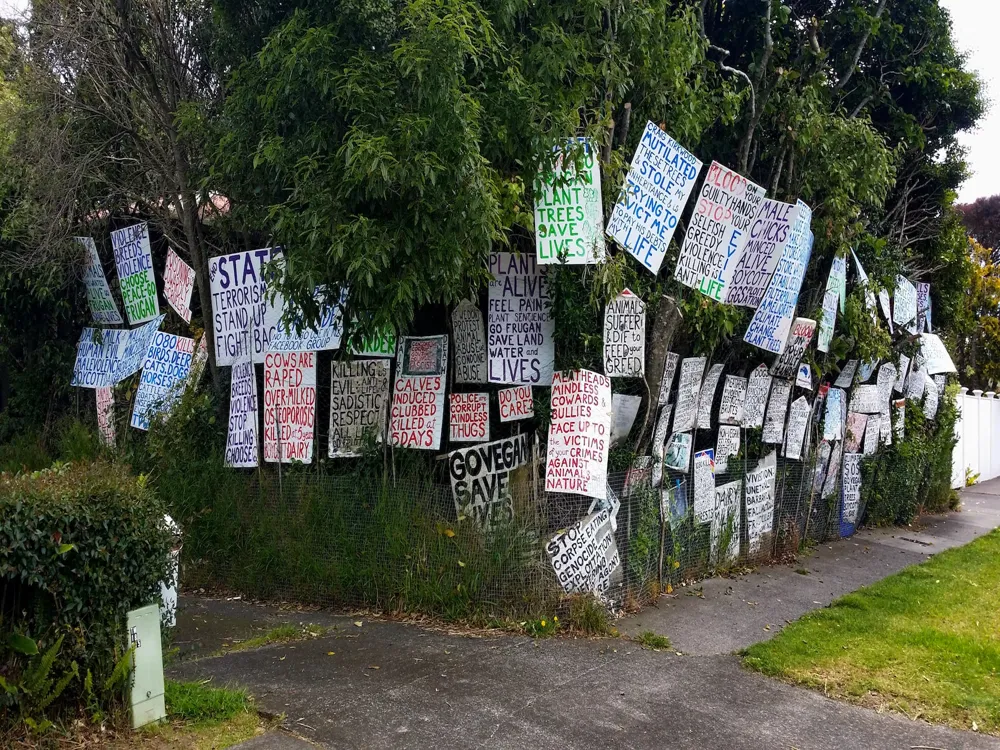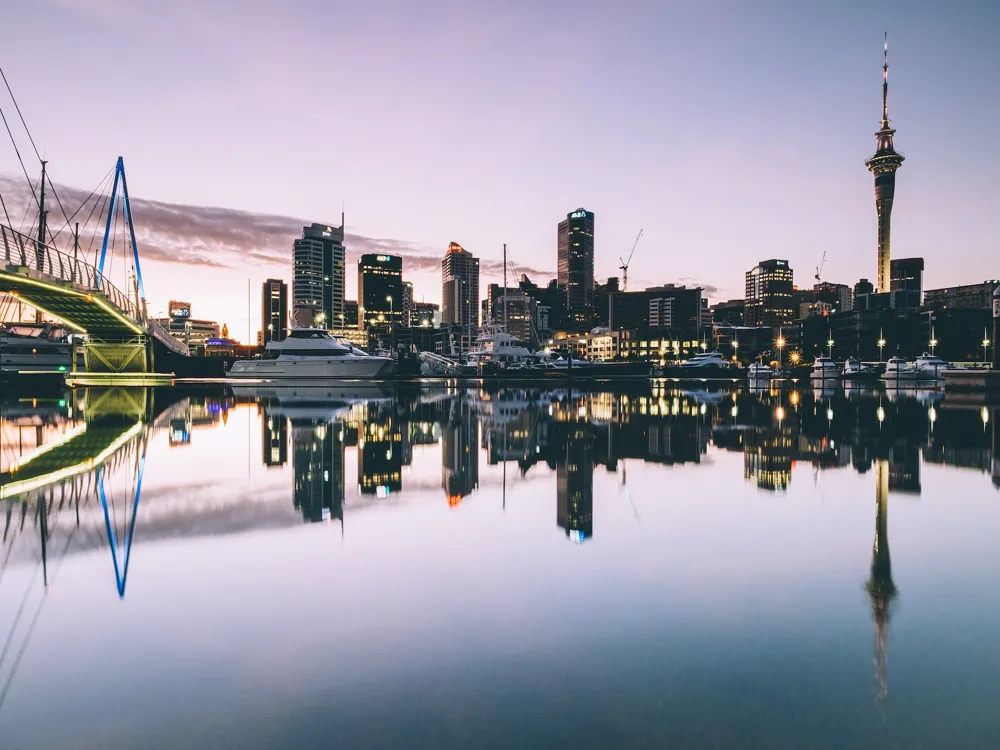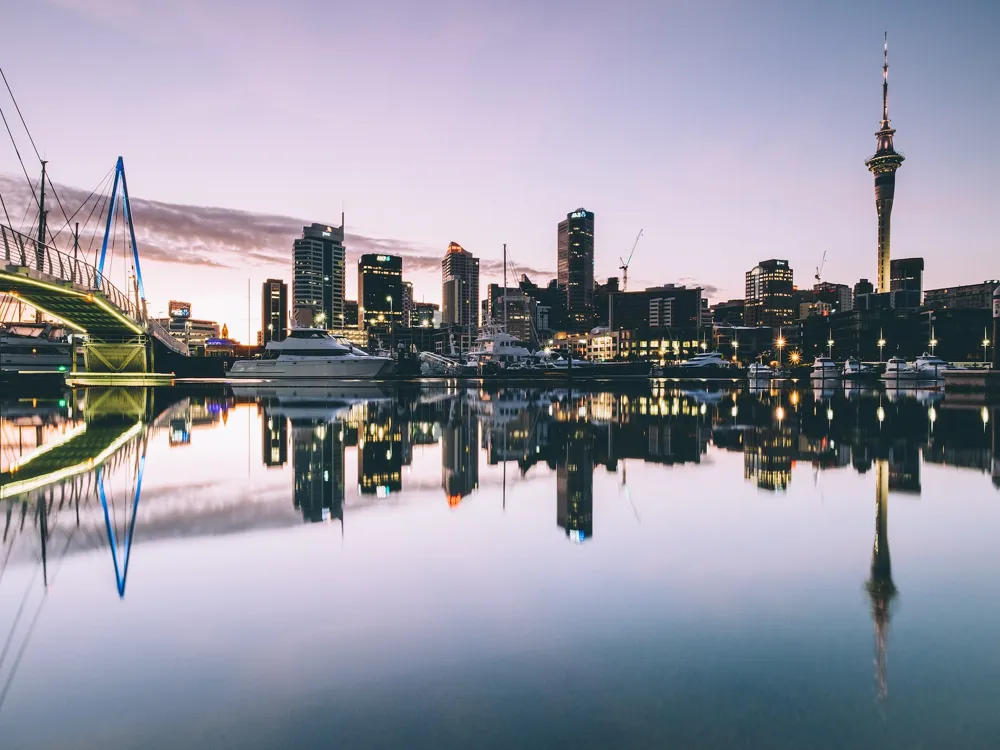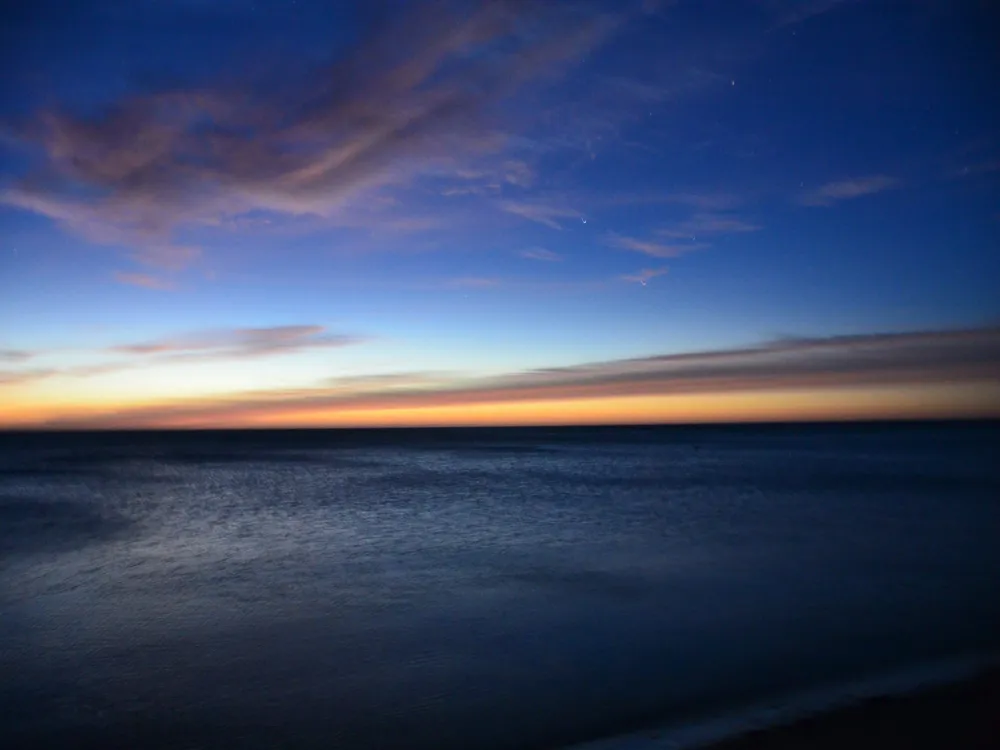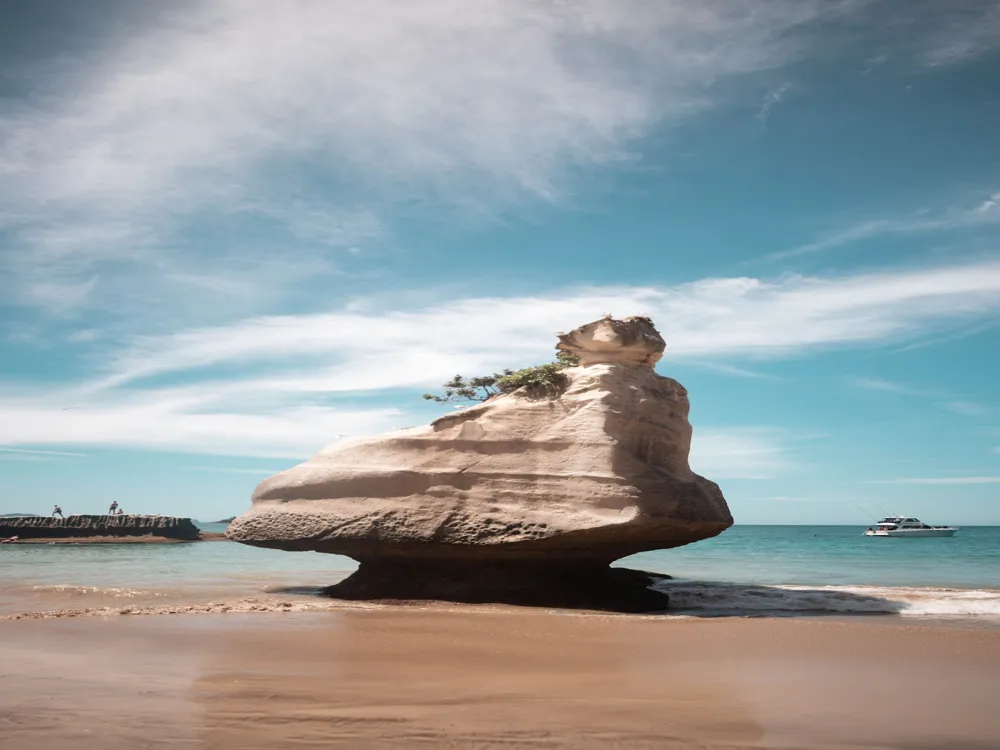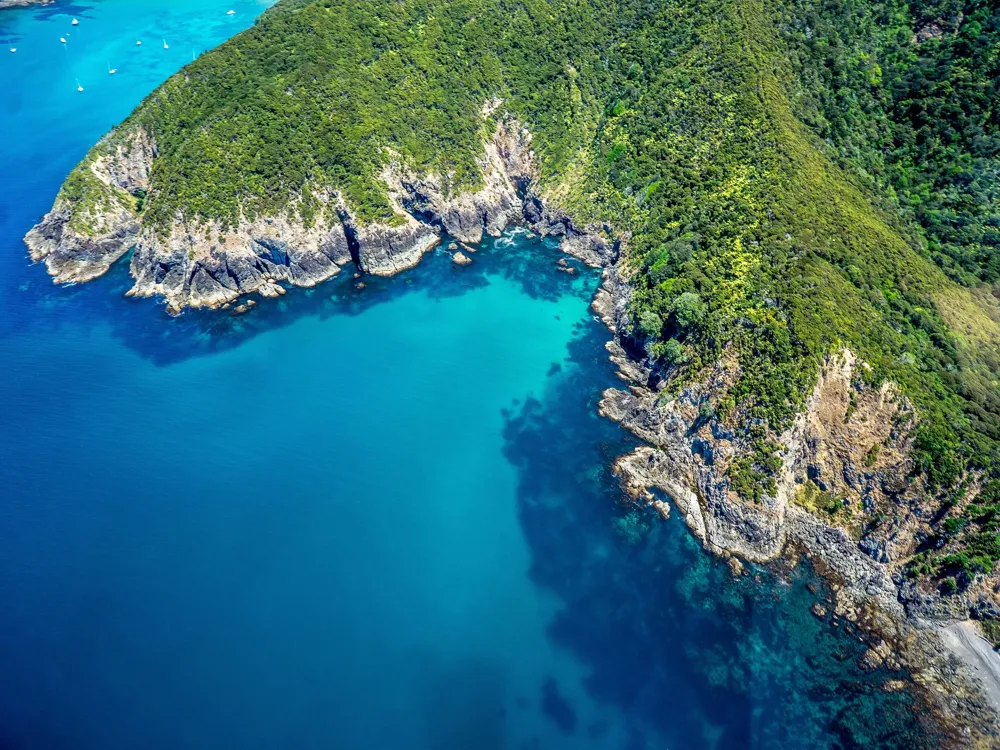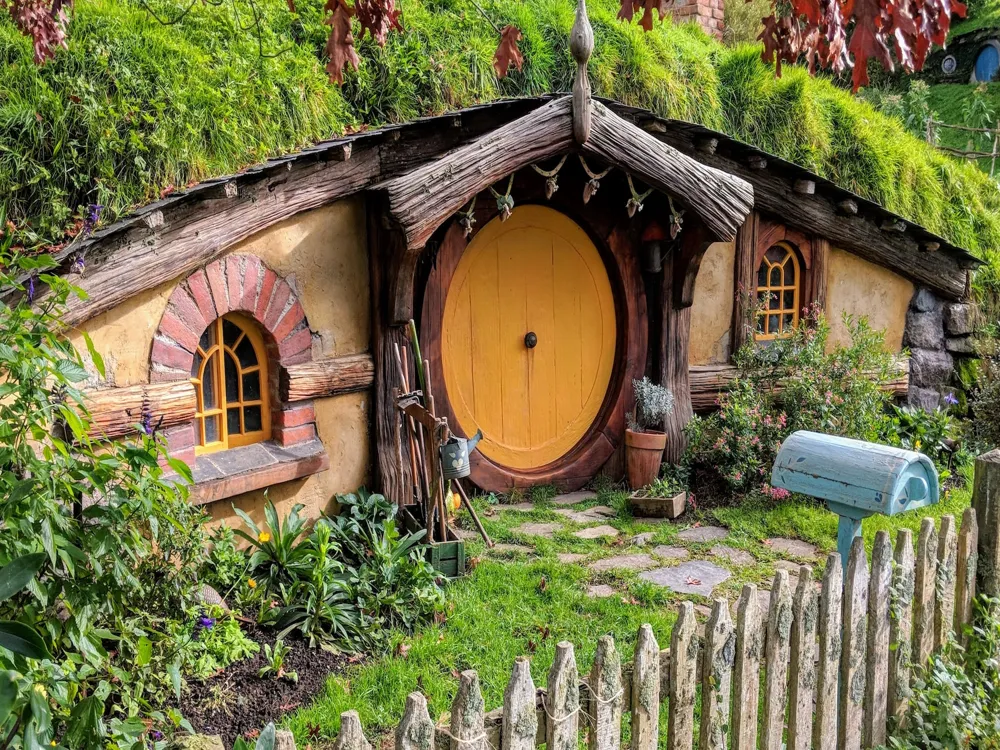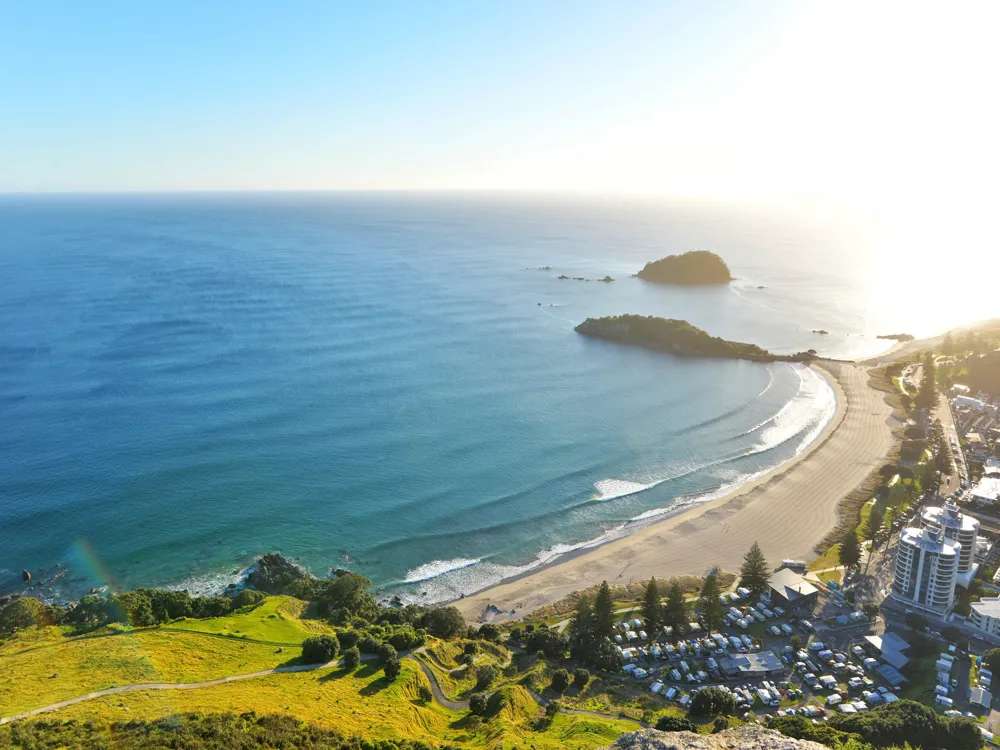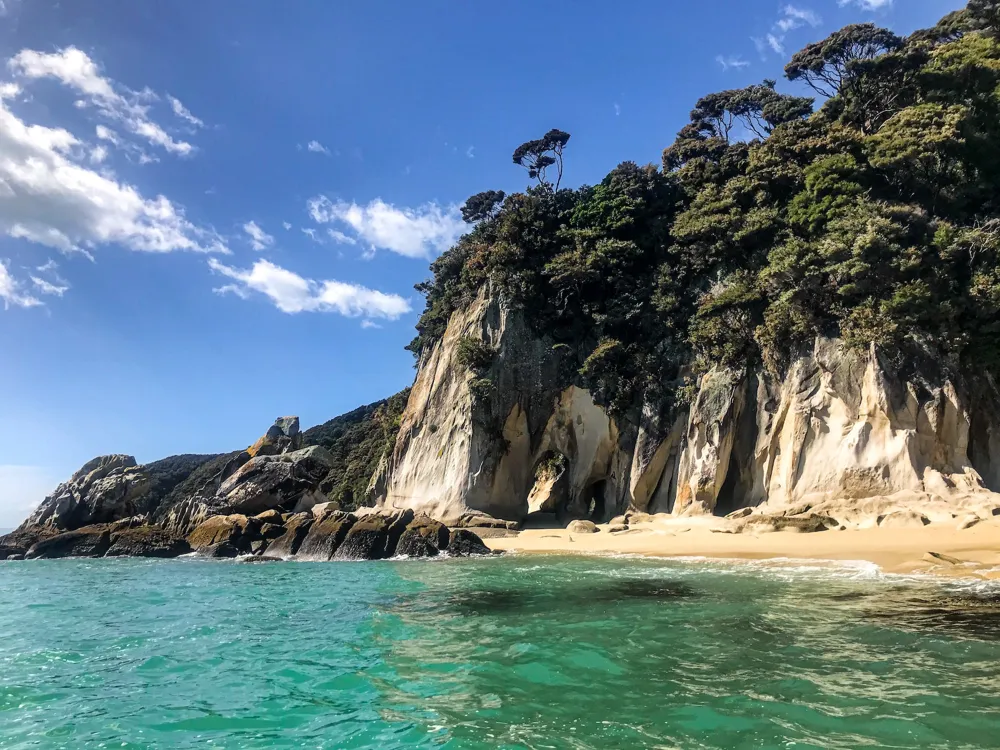The Auckland Harbour Bridge, an emblematic structure of New Zealand's largest municipality, Auckland, stands as a testament to modern engineering and design. Gauging the Waitemat Harbour, this ground connects Auckland's municipality centre with the North Shore, easing significant transportation and profitable exertion. Since its opening in 1959, the Auckland Harbour Bridge has not only been a vital infrastructural element but also a symbol of Auckland's communal development and cultural heritage. The architectural design of the Auckland Harbour Bridge is a miracle of 20th-century engineering, characterised by its functional fineness and structural integrity. Designed by the British establishment Freeman Fox & Partners, the ground showcases a distinct blend of aesthetic appeal and practical design, making it a namepiece of structure in New Zealand. The Auckland Harbour Bridge is a year-round magnet, but the most stylish times to visit are from late spring to early afterlife( October to April), when the rainfall is affable. For a unique experience, visiting during the evening hours to witness the spectacular light shows is largely recommended. Visitors can reach the ground by public transport, including motorcars and ferries. Parking is available in nearby areas, but it's judicious to use public transport during peak hours due to heavy business. The ground is accessible to climbers and cyclists. Callers should adhere to safety guidelines and stay within designated areas to insure a safe and pleasurable experience. Guided walking and climbing trips are available for those interested in exploring the ground. These tenures offer perceptive information about the ground's history and armature, along with stirring views of Auckland. Reaching the Auckland Harbour Bridge is straightforward, with multiple transportation options available. For those driving, the ground is easily accessible from Auckland's municipal centre and major highways. Public transport options include buses and ferries, with regular services connecting the ground to the various corridors of Auckland. For a more scenic approach, walking or cycling to the ground offers an enjoyable experience, especially from the Auckland riverfront. Read More:Overview of Auckland Harbour Bridge
Extending over 1,020 metres with a main span of 243.8 meters, the ground's distinctive design features have become an integral part of Auckland's skyline. The ground was first constructed with four lanes, but due to adding business demands, it underwent a significant expansion in 1969 with the addition of the' Nippon clip-ons', which brought the total to eight lanes. This expansion was a major engineering feat, demonstrating the ground's severity to meet the municipality's growing conditions.
Over the years, the Auckland Harbour Bridge has evolved beyond its primary function as a transport link. It now serves as a focal point for various cultural and sporting events, including the periodic Auckland Marathon and the iconic light shows that illuminate the ground, adding lustiness to the municipality's nightscape. The ground's architectural beauty and nonfictional significance make it a must-visit destination for locals and sightseers alike, representing Auckland's dynamic spirit and connection to its maritime roots.Architecture of Auckland Harbour Bridge
At its core, the ground is multi-span box girder ground, constructed primarily from riding swords known for their durability and strength. The design incorporates a symmetrical arc that not only supports the structure but also adds a visually striking element to its profile. The bow's apex sits 43.27 meters above the water, allowing for the passage of maritime business beneath it, an essential point given Auckland's status as a major harborage municipality.
One of the most significant architectural aspects of the Auckland Harbour Bridge is its expansion capability. The original four-lane structure was designed with future business growth in mind, which led to the innovative addition of the clip-on sections. These sections, finagled by the Japanese company Kawada Difficulty, were a groundbreaking result at the time and have since become a vital part of the ground's identity.
The ground's architecture isn't just about its physical structure but also its integration into the girding terrain. It offers stunning views of the Auckland skyline and the Waitematā Harbour, making it a scenic route for commuters and a graphic spot for rubberneckers. The integration of lighting institutions for aesthetic illumination further enhances its architectural appeal, turning the ground into a lamp of light during the evening hours.Tips When Visiting Auckland Harbour Bridge
Best Times to Visit
Transportation and Parking
Safety and Accessibility
Guided Tours
How To Reach Auckland Harbour Bridge
It's important to check the bottommost business and transportation updates before planning a visit, as the ground can witness heavy business during peak hours. Also, parking can be limited, so counting on public transport or walking is constantly a more accessible choice.
Auckland Harbour Bridge
Auckland
₹ 72,000 onwards
View auckland Packages
Weather :
Tags : Bridge
Timings : Anytime
Time Required : Any time
Entry Fee : Free
Planning a Trip? Ask Your Question
Auckland Travel Packages
View All Packages For Auckland
Top Hotel Collections for Auckland

Private Pool

Luxury Hotels

5-Star Hotels

Pet Friendly
Top Hotels Near Auckland
Other Top Ranking Places In Auckland
View All Places To Visit In auckland
Faq on Auckland
What is the Auckland Harbour Bridge?
The Auckland Harbour Bridge is a major landmark and transportation link in Auckland, New Zealand. It spans the Waitematā Harbour, connecting the central business district of Auckland City with the North Shore.
How many lanes does the Auckland Harbour Bridge have?
The Auckland Harbour Bridge currently has eight lanes for vehicular traffic, including two dedicated lanes for buses.
Can pedestrians walk on the Auckland Harbour Bridge?
No, pedestrians are not permitted to walk on the Auckland Harbour Bridge. However, there are designated pedestrian and cycle paths nearby, such as the Westhaven Promenade.
What is the SkyPath project for the Auckland Harbour Bridge?
The SkyPath project aims to create a shared path for pedestrians and cyclists attached to the eastern clip-on of the Auckland Harbour Bridge, providing a safe and scenic crossing option.
Has the Auckland Harbour Bridge ever been closed due to accidents or maintenance?
Yes, the Auckland Harbour Bridge has been temporarily closed in the past due to accidents, maintenance work, or special events. However, closures are typically planned in advance to minimize disruption to traffic.
View auckland Packages
Weather :
Tags : Bridge
Timings : Anytime
Time Required : Any time
Entry Fee : Free
Planning a Trip? Ask Your Question
Auckland Travel Packages
View All Packages For Auckland
Top Hotel Collections for Auckland

Private Pool

Luxury Hotels

5-Star Hotels

Pet Friendly
Top Hotels Near Auckland
Other Top Ranking Places In Auckland
Faq on Auckland
What is the Auckland Harbour Bridge?
The Auckland Harbour Bridge is a major landmark and transportation link in Auckland, New Zealand. It spans the Waitematā Harbour, connecting the central business district of Auckland City with the North Shore.
How many lanes does the Auckland Harbour Bridge have?
The Auckland Harbour Bridge currently has eight lanes for vehicular traffic, including two dedicated lanes for buses.
Can pedestrians walk on the Auckland Harbour Bridge?
No, pedestrians are not permitted to walk on the Auckland Harbour Bridge. However, there are designated pedestrian and cycle paths nearby, such as the Westhaven Promenade.
What is the SkyPath project for the Auckland Harbour Bridge?
The SkyPath project aims to create a shared path for pedestrians and cyclists attached to the eastern clip-on of the Auckland Harbour Bridge, providing a safe and scenic crossing option.
Has the Auckland Harbour Bridge ever been closed due to accidents or maintenance?
Yes, the Auckland Harbour Bridge has been temporarily closed in the past due to accidents, maintenance work, or special events. However, closures are typically planned in advance to minimize disruption to traffic.







